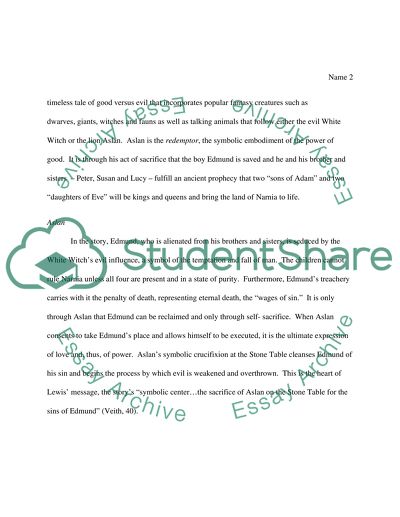Cite this document
(“The biblical referrences and connections made in The chronociles of Research Paper”, n.d.)
Retrieved from https://studentshare.org/literature/1578347-the-biblical-referrences-and-connections-made-in-the-chronociles-of-narnia-the-lion-the-witch-and-the-wardrobe
Retrieved from https://studentshare.org/literature/1578347-the-biblical-referrences-and-connections-made-in-the-chronociles-of-narnia-the-lion-the-witch-and-the-wardrobe
(The Biblical Referrences and Connections Made in The Chronociles of Research Paper)
https://studentshare.org/literature/1578347-the-biblical-referrences-and-connections-made-in-the-chronociles-of-narnia-the-lion-the-witch-and-the-wardrobe.
https://studentshare.org/literature/1578347-the-biblical-referrences-and-connections-made-in-the-chronociles-of-narnia-the-lion-the-witch-and-the-wardrobe.
“The Biblical Referrences and Connections Made in The Chronociles of Research Paper”, n.d. https://studentshare.org/literature/1578347-the-biblical-referrences-and-connections-made-in-the-chronociles-of-narnia-the-lion-the-witch-and-the-wardrobe.


